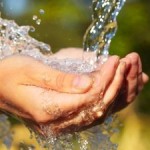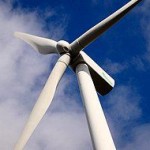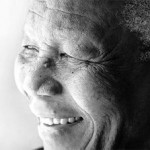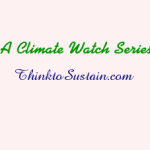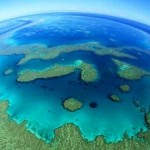
Donghae City, South Korea – Planned to secure a steady supply of clean water, provide flood control, and develop regional recreation opportunities, the costliest engineering project in Korea’s history, involves four rivers – the Nakdong River in the southeast; the Yeongsan River in the southwest, the Geum River in the west, and the Han River in the northwest.
The “restoration”, which those opposed refer to as the “construction”, entails the building of 20 new dams, the raising of 87 existing dams, the raising and buttressing of hundreds of kilometers of river bank, and the dredging of almost 700 kilometers of river to a depth of six meters, according to the non-profit Korean Federation for Environmental Movement (KFEM).
These numbers are all estimates, as the government and the opposition continue to play a game of cat and mouse with facts and figures since the project was announced in June 2009.
Sunday’s Cabinet re-shuffle showed President Lee Myung-bak‘s determination to complete the controversial project as Environment Minister Lee Maa-nee and Land, Transport and Maritime Affairs Minister Chung Jong-hwan kept their posts.
Minister Lee has been criticized for mishandling of the river project. One point of contention arose because the ministry’s environmental feasibility study for the project lasted just four months, while environmentalists say a year is needed to assess the environmental impacts.
Tempers are flaring and nerves are frazzled. Jang Soon jae, a spokesman for the Prime Minister’s office, told ENS, “There is a lot of misinformation out there. Please don’t print any misinformation.”
To smooth ruffled feathers, the government has embarked on a public relations campaign featuring glossy brochures, printed on post-consumer paper using soy-based inks, with color images of sailboats floating on reservoirs bordered by green zones and bike paths.
Regional recreation will be enhanced through a network of 1,700 kilometers of bicycle trails constructed along these rivers. Plans to build numerous waste-water treatment facilities and remove area farms that pollute rivers will improve local river water quality, according to government sources.
Despite the annual heavy rain in summer, the Lee government says, Korea can use only 25 percent of the total rainfall that flows to the sea, as the rest of it is evaporated. If Korea can put an additional five or ten percent of rainwater to use, this will “change the climate on the Korean Peninsula and prevent floods in the country.”
Cleaning the rivers, which have been suffering from pollution and industrialization for decades, will be akin to “cleaning the arteries of a person suffering from arteriosclerosis,” say government spokesmen. What many people want to know, however, is how further industrialization can heal the wrongs of industrialization.
Intense opposition to this project was expressed by Buddhist monk and Zen master Reverend Munsu, who burned himself to death on a stream bank May 31. In his will, he wrote, “Lee Myung-bak administration should stop and scrap the Four Rivers Project.”
Others, such as Yum Hyung-cheol and members of the Korean Federation for Environmental Movement have occupied a crane at the Ipo weir on the Han River since July, demanding that construction cease immediately. They have a generator and are camped out indefinitely.
Detractors say that this huge project is little more than another piece of pork for the shrinking South Korean construction industry, which makes up an estimated 20 percent of the nation’s economy.
But the government claims the project will provide 50 million cubic meters of drinking water and 90 million cubic meters of additional flood control area for this densely populated northeast Asian nation, which holds about 500 people per square kilometer, compared to a world average of 50 per square kilometer.
While many countries are removing dams in order to restore rivers to their original state, South Korea is building more dams. According to James Card, an American journalist based in South Korea, the country currently has “more than 18,000 dams.” And while “China has 87,000 dams,” he writes, it also has “100 times the land, and 30 times the people.” Card says the Four Rivers project is “diametrically opposed to internationally accepted principles of river restoration.”
To better understand the Four Rivers project, heavily marketed in Korea as “sah dae gang saligi”, or “save the four rivers”, one must look to the past.
The Saemangeum Reclamation Project, officially opened in April 2010 after almost 20 years of construction, several Supreme Court injunctions and much opposition and intergovernmental wrangling, involved constructing a 33 kilometer long sea-wall and expelling salt water from a biologically-rich wetland six times the size of Manhattan, a reclamation project even bigger than Holland’s Zuider Zee Reclamation.
Today, that land sits basically unchanged from a year ago, as government and business argue over what to do with the now dry, and mostly dead, tidal flat. The latest of several plans is to incorporate the land into Saemangeum Gunsan Free Economic Zone (SGFEZ), a “mecca of low carbon and green growth” where people can “have various experiences in nature,” according to Lee Choon-hee, Commissioner of the SGFEZ.


